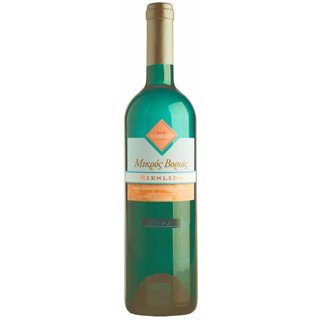About systembolaget.seSystembolaget, the Swedish Alcohol Retail Monopoly, exists for one reason: To minimize alcohol-related problems by selling alcohol in a responsible way, without profit motive. SystemBolaget.se, which was launched late 2003, is a free site mainly for Sweden resident customers.
Systembolaget's product range is actually one of the most comprehensive in the world. It is being developed continuously to match changes in trends and in the consumers' tastes.
Business/Social NeedsSystembolaget's mandate from the Swedish state is to help limit the medical and social harm caused by alcohol and thereby improve public health. For Systembolaget this means:
• Restricting availability through the number of stores, opening hours and retail rules
• Not attempting to maximise their profit
• Being brand-neutral
• Providing a high standard of customer service
• Being financially efficient
Systembolaget business concept is to sell alcoholic beverages responsibly and to exceed customers’ expectations by constantly developing our product range, expertise
and service.
Adopted Technological ComponentsCategory Component DescriptionBack-End e-SCM
Suppliers would receive orders and submit their deliveries data electronically. An e-SCM downstream supply chain component has been adopted through supplier’s sub-portal.
e-CRM
SystemBolaget implements an online networking application of e-CRM, by the automatic generation and submission of e-newsletter to its members.
This month(Apr09) the development of a new improved ordering web service for higher availability is initiated.
It will be offered in connection with new site launch.
The client will be able to collect and pay the ordered goods in any system store.
E-auctions are going also to be supported.
In order mortality risk to be reduced age verification and other sales rules will be finally controlled in the usual way when the customer get their goods in the shop.
E-ordering with delivery to systembolaget agent will be possible also.
Front-End Electronic Catalog
SystemBolaget has adopted electronically its catalog providing to its customers a list of the offered products (wines and spirits), along with bundle information such as by matching food recipes and drinks.
Search Engine
Through a Search Engine; System Bolaget customers can find the availability of products and stores by applying one or more criteria.
shopping card
SystemBolaget customers can make a shopping list, collect their favorite recipe or print their own wine-tasting protocol.
Setting are saved on their computer through
m-Commerce
SystemBolaget provide free of charge to its customers to search stock balance and any shelf for goods and the store that is available to. Customers can order or book through website but e-payment transaction is not possible yet.
a shopping card and they do not remember a password.
e-vote
By examining the voting results through systembolaget website; its management board in collaboration with public health ministry apply moderate alcohol use and reduced mortality risk policies.
e-auctions
SystemBolaget auction procedures “How to reach the auction” are being adopted electronically and will be launched together with new SystemBolaget website (Jan2010)
Issues of Strategic Importance Addressed by adopted Technological NeedsSystemBolaget main goal is to promote public health by minimizing medical and social harms caused by alcohol.
Though its webside aims citizens of Sweden to have good drinking culture i.e. less alcohol-related problems by
* careful age verification / identification validation
* having wide range of high quality that is available throughout the country / web supported wide sales network
* being brand neutral. No supplier or any brand either favored or discriminated against / specific brands of drinks naming avoidance
* not profit maximizing, not incremental / non profitable organization
* attractive wine and spirits consumer / Web Content
Mapping of Adopted Technological Components and Business NeedsBusiness Need Technological Component(s)Ease-of-use Electronic Catalog
Search Engine
Shopping Cart
Front-end e-CRM
Effectiveness e-SCM
m-Commerce
Back-end e-CRM
Security SSL 256 bit encryption
Trustworthiness Age Verification
Growth / Reduced Mortality Risk Voting / Questionnaires
Website Content Web 2.0 (Social Media Sharing)
 Local Wine from Agion Oros from Tsantalis
Local Wine from Agion Oros from Tsantalis










































